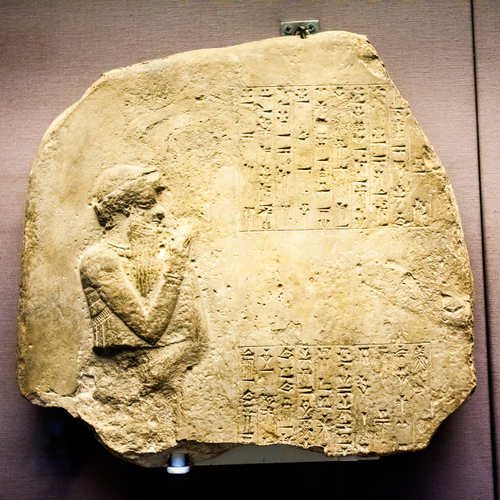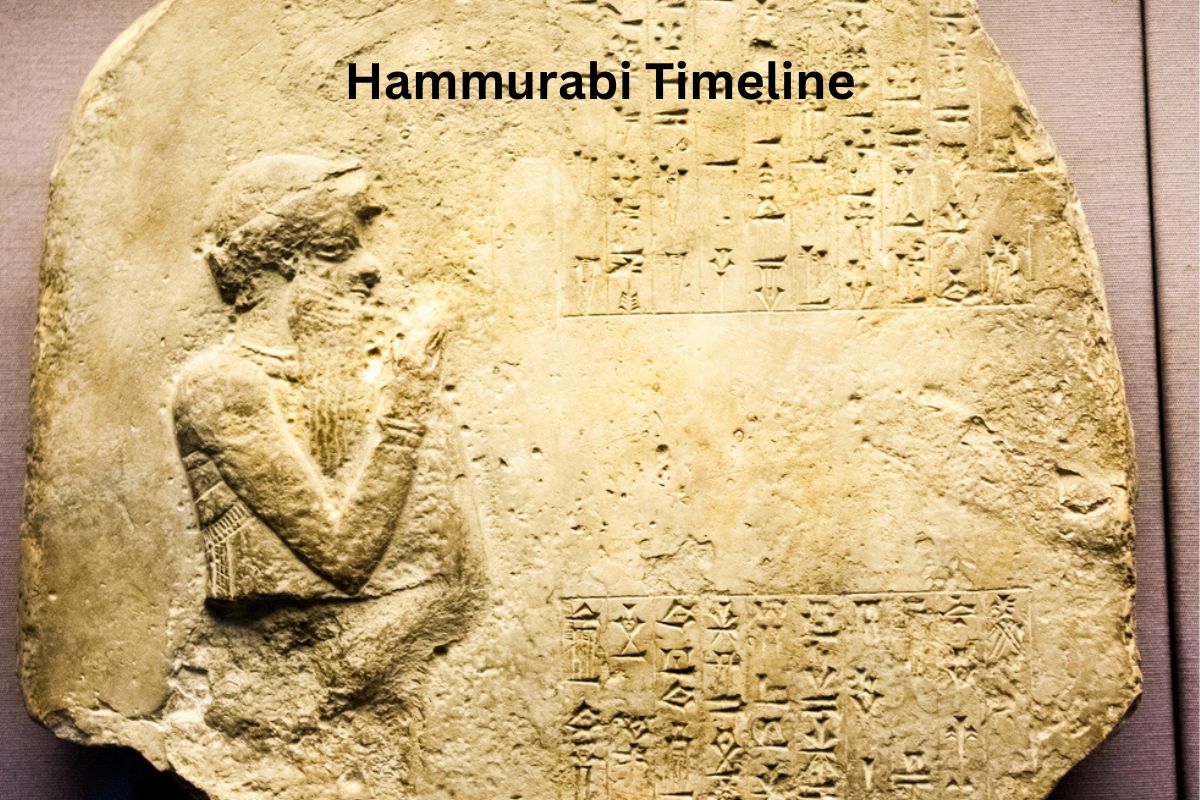Hammurabi, a prominent figure in ancient Mesopotamian history, ruled as the sixth king of the First Babylonian Dynasty from approximately 1792 to 1750 BCE.
His reign marked a pivotal era in the development of civilization, during which he established a powerful empire and authored the famous “Code of Hammurabi,” one of the earliest known legal codes in human history.
Hammurabi’s contributions to governance, law, and the expansion of the Babylonian Empire have left an enduring legacy that continues to be studied and admired today. In this article, we will explore the key events and achievements of Hammurabi’s life and rule.
| Year BCE | Event |
|---|---|
| 1792 BCE | Hammurabi becomes the sixth king of the First Babylonian Dynasty, succeeding his father Sin-Muballit. |
| 1787 BCE | Hammurabi consolidates his rule over the city-state of Babylon and begins to expand his territory. |
| 1763 BCE | Hammurabi defeats the powerful kingdom of Elam in a military campaign, establishing himself as a dominant ruler in the region. |
| 1755 BCE | Hammurabi begins the process of codifying laws for his empire. |
| 1750 BCE | Hammurabi dies, and he is succeeded by his son Samsu-iluna. |
| Subsequent centuries | After Hammurabi’s death, his empire gradually declines, and Babylon is conquered by other regional powers, including the Hittites and the Kassites. |
Timeline of Hammurabi
1792 BCE: Hammurabi’s Ascension to Power
In 1792 BCE, Hammurabi ascended to the throne as the sixth king of the First Babylonian Dynasty, succeeding his father Sin-Muballit.
Also Read: Facts About Hammurabi
At the time, Babylon was a relatively small city-state in Mesopotamia, located in the southern part of present-day Iraq. Hammurabi’s early years as king were marked by consolidation of his rule within Babylon.

1787 BCE: Expansion and Growth of Babylon
After solidifying his power in Babylon, Hammurabi embarked on a campaign to expand his territory and influence in the region. He recognized the strategic importance of Babylon’s location along the Euphrates River, which allowed for control over trade routes and agricultural resources.
Also Read: Accomplishments of Hammurabi
Hammurabi’s expansionist policies included diplomacy, alliances, and military conquests. He sought to unite the various city-states and territories in southern Mesopotamia under his rule. Over time, he successfully gained control over significant portions of Sumer, Akkad, and other neighboring regions.
1763 BCE: Victory over the Kingdom of Elam
One of the most significant achievements during Hammurabi’s reign was his military victory over the kingdom of Elam in 1763 BCE. Elam was a powerful and formidable kingdom located to the east of Babylon, in what is now western Iran.
Hammurabi’s successful campaign against Elam solidified his reputation as a formidable ruler and expanded the Babylonian Empire’s territory considerably. It also demonstrated his military prowess and strategic acumen.
The defeat of Elam allowed Hammurabi to exert even more influence in the ancient Near East, and it marked a turning point in his reign, setting the stage for further conquests and the eventual establishment of his famous legal code.
1755 BCE: Hammurabi’s Code of Laws
In 1755 BCE, Hammurabi began the monumental task of codifying laws for his empire. This effort resulted in what is now known as the “Code of Hammurabi,” one of the earliest known legal codes in human history.
The Code of Hammurabi was inscribed on a large stone stele, a tall upright stone monument, and placed in the city of Babylon for all to see. It consisted of 282 laws that covered various aspects of life, including civil, criminal, and commercial matters. These laws aimed to regulate behavior, maintain order, and administer justice in the Babylonian society.
The code is famous for its principle of “an eye for an eye” (the principle of lex talionis), which dictated that punishments should be proportionate to the crimes committed. While some laws may seem harsh by modern standards, they represented a significant step towards creating a structured legal system.

1750 BCE: Hammurabi’s Legacy and Succession
In 1750 BCE, Hammurabi passed away, leaving behind a substantial legacy. His death marked the end of his direct rule, and he was succeeded by his son Samsu-iluna. Samsu-iluna continued to govern the Babylonian Empire and uphold the laws of Hammurabi.
The Code of Hammurabi outlasted its creator and continued to serve as a foundational legal document throughout the Babylonian Empire and beyond. It influenced subsequent legal systems and was regarded as a symbol of justice and order in the ancient world.
Subsequent Centuries: Decline of the Babylonian Empire
After Hammurabi’s death, the Babylonian Empire faced challenges and underwent periods of decline. It was conquered and ruled by various foreign powers, including the Hittites, Kassites, and later the Assyrians.
Despite these challenges, Hammurabi’s legacy endured. The Code of Hammurabi continued to be used as a reference in legal matters, and his contributions to Babylonian culture and governance remained influential in the region.
Babylon would later rise to prominence again under different rulers, such as Nebuchadnezzar II, during the Neo-Babylonian Empire, but the memory of Hammurabi’s rule and his legal code remained an important part of Mesopotamian history.
